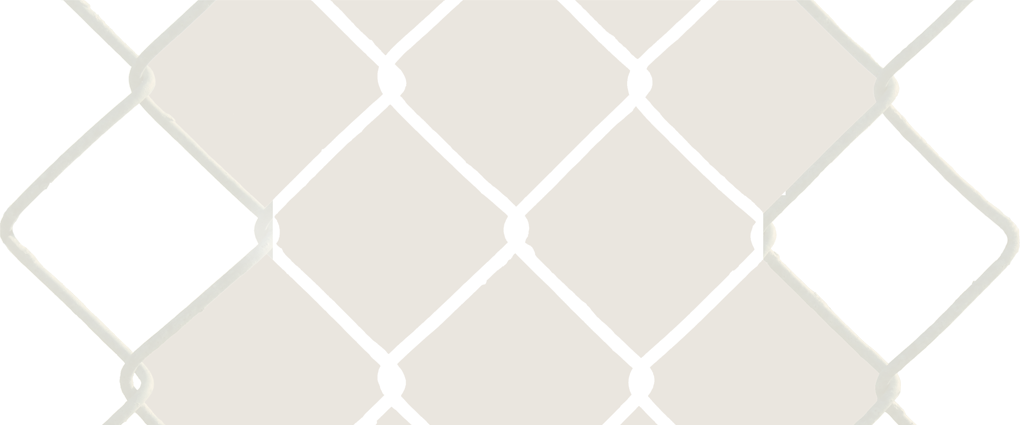

This text is by Matthew Piper in his capacity and does not, necessarily, reflect the views of different infinite mile contributors, infinite mile co-founders, the author's employer and/or other author affiliations.
| X. Learning to Dance About Architecture | |||||||||||||
B: Well, I’ve been renting this apartment for almost two years. And I initially rented it to make the dance, and so that first summer, probably six months in, I had a probably four to six week rehearsal process (fig. 32) with two other dancers, and we worked somewhat intensively; we probably had three four-hour rehearsals per week. We created material but we didn’t end up performing any of it. That was very much the beginnings of my process with respect to this work.
M: Did any of that movement end up in the piece?
I also had two other research periods for this piece, for the solo portion. Well, one will correspond to the group piece, too, but one was very much for the solo. The first was a fellowship I had at Insel Hombroich in Germany, which I call the Marfa of Germany, as it's very much about architecture as sculpture. There are all sorts of phenomenal buildings, but it’s also about the land, the estate, and this kind of walking amongst. Different architects have had very imaginative projects materialized on these grounds because there is a flexibility when you're not dealing with function in a certain way, when you have the liberty to engage the architecture as sculpture. I had a period where I worked there for a week and a half, and then I performed in the Graubner Pavilion (fig. 34), which I think is one of the spaces where the dancers in the documentary Pina danced, because Wuppertal is very close. This is the round building with all the glass, and that’s where I first did the solo version.
M: Was it the same dance that we saw? |
|||||||||||||
figure 35 Siza Study from biba bell |
|||||||||||||
I did two performances in the Graubner Pavilion at the end of my stay, and then a month later, I went out to the Visual Arts Center at the University of Texas in Austin and had a weeklong residency (fig. 37 & 38) where they set up a series of home residencies. The curator there basically curated three different homes where I would work with a group of volunteer dancers/performers, and we would have an eight hour residency in a different house and then at the end, we would do a performance for the people who lived there and whoever they wanted to invite.
The second space we worked in was more of a kind of commune or some sort of cooperative dwelling space that had been imagined by someone who had been an architectural student maybe a decade before. There were these Gaudi-esque buildings in the middle of a bamboo forest with a workshop made of reclaimed windows that went up three stories for one whole face of the building, and weird chandeliers, and found object sculptures all around, and trailers in the bamboo, and everything was kind of overgrown and messy and a little bit derelict and they had sculptures of animals having orgies. The original house that was there was a communal kitchen, and it was very woodsy with lots of different people living there, and sort of felt transient but wasn’t. Then, the third space was this beautiful new home that was designed by an Italian architect who’d been brought in by these monied patrons of the museum and of the University, three stories with jutting out windows and skylights and beautiful decks everywhere. Very much an LA sort of feeling of angles and windows and different planes jutting out, and balconies and vaulted ceilings and all of that.
It was totally different, day to day, and I had a different group of people that I was working with, some of which overlapped but some of which didn’t. What we did was kind of in response to the space, so we did very different things. It was basically like a workshop, and then at the end of the week, we had a three hour performance in the Visual Arts Center galleries, which are really quite beautiful, white open spaces, and there are two floors so we could work with the upstairs/downstairs. We shifted the audience and reconfigured the space in three different ways that reflected the three different houses, structured into part 1, part 2, and part 3. It was unlike anything I’d ever done, I ended up having 10-12 people in the final performance. This was in October/November of 2013. It was unbelievable. It really took me outside of myself and pushed me into these other people’s spaces. I also became like a guide for something else to happen that was completely outside of me. |
|||||||||||||
figure 38 It Never Really Happened (Cont.) from biba bell |
|||||||||||||
M: Do you think that experience gave you, like, a toolkit to think about dancing in the home?
|
|||||||||||||
|
|||||||||||||








